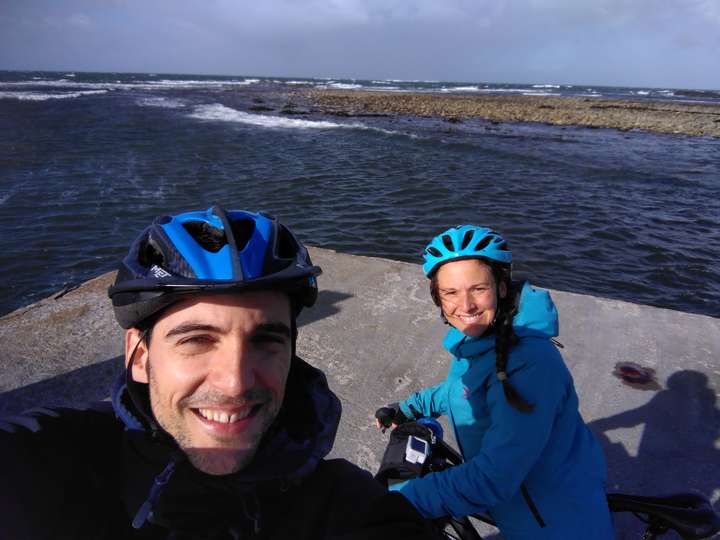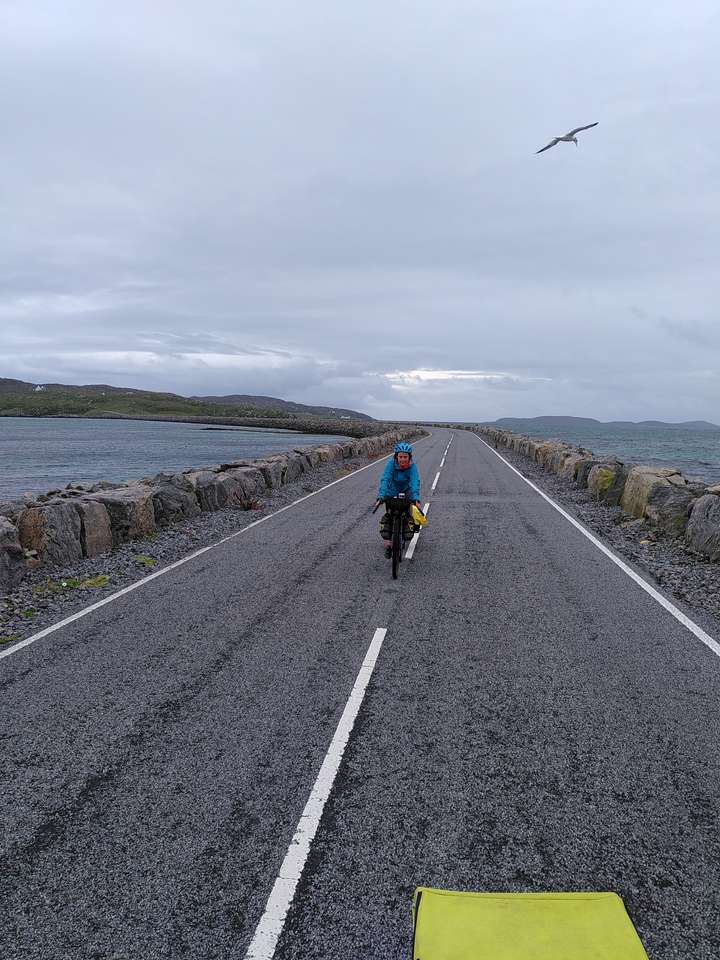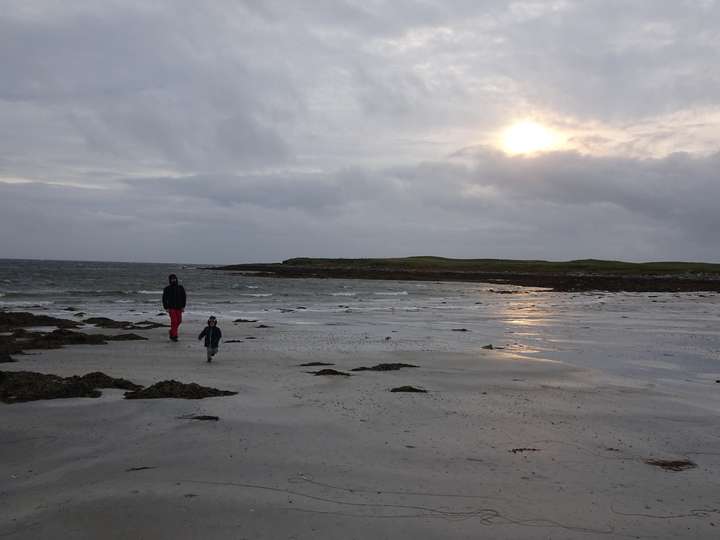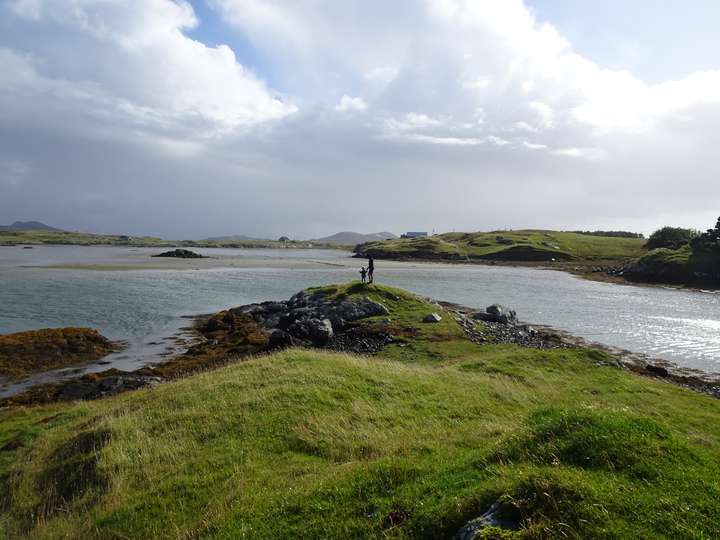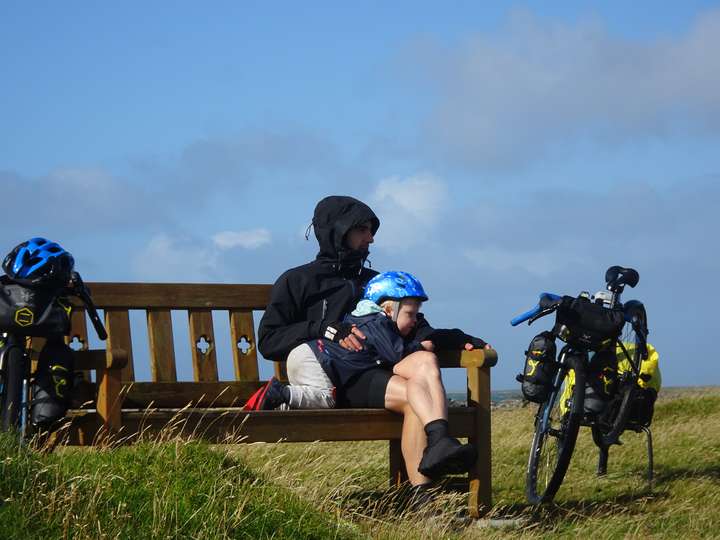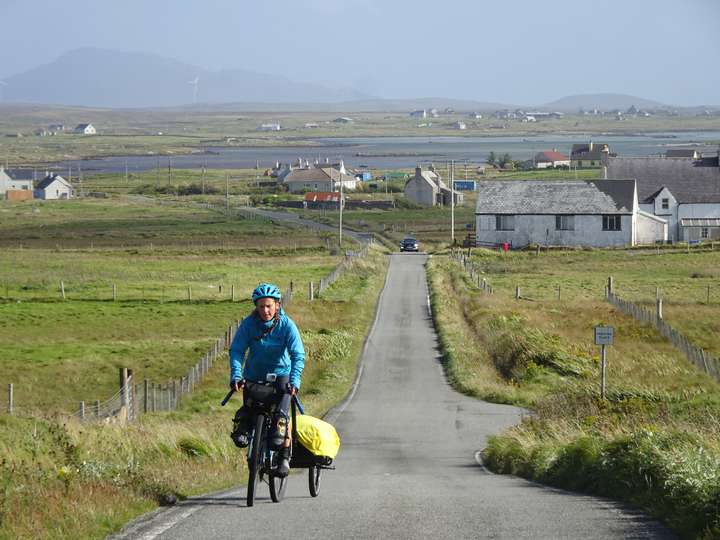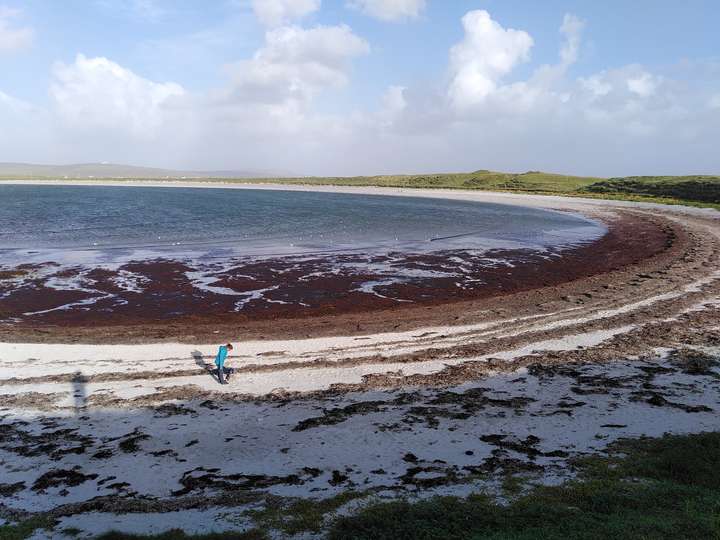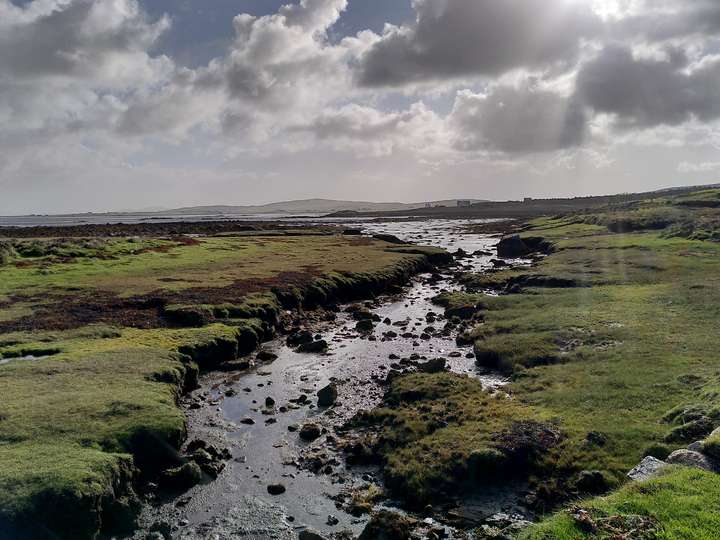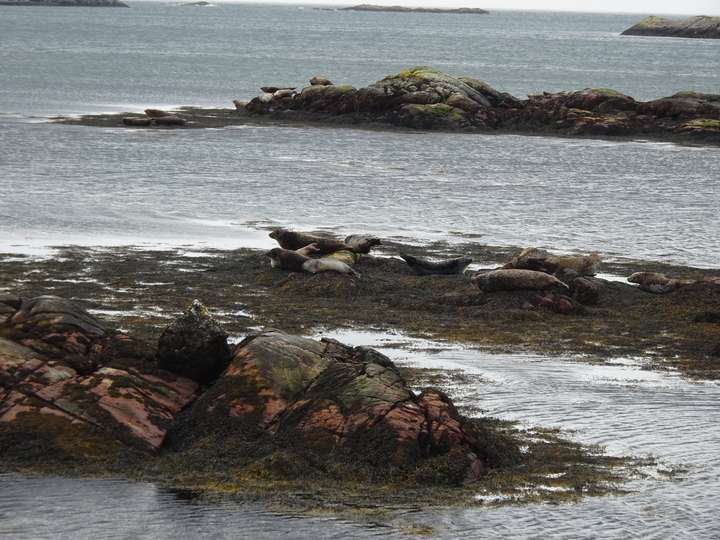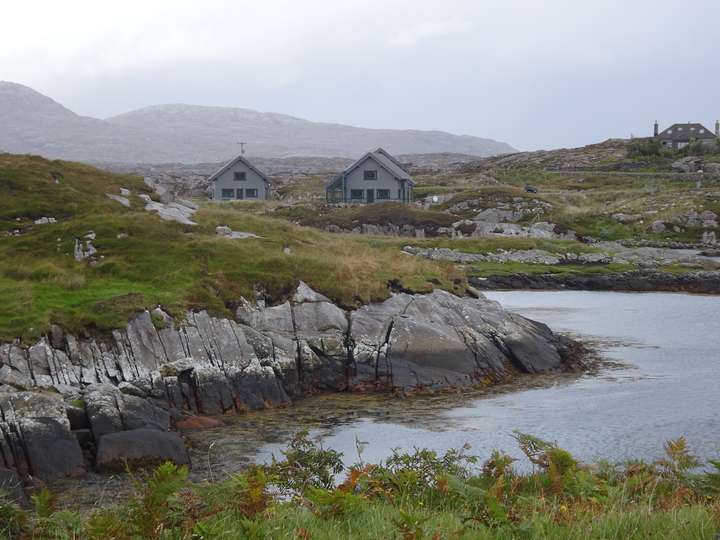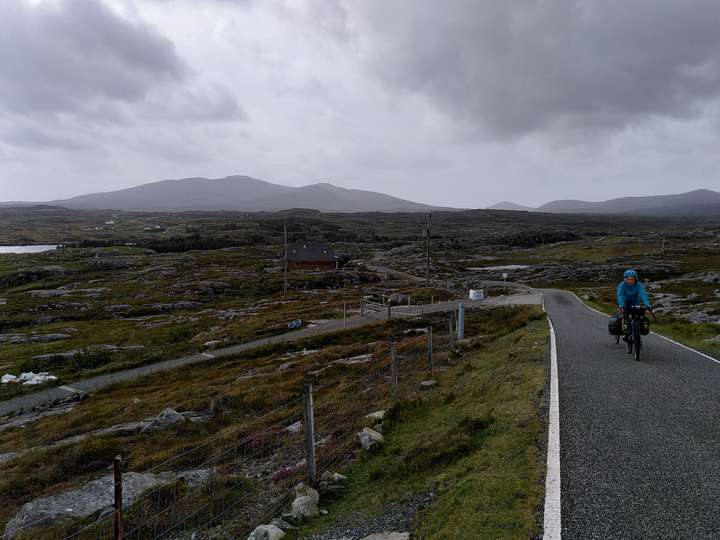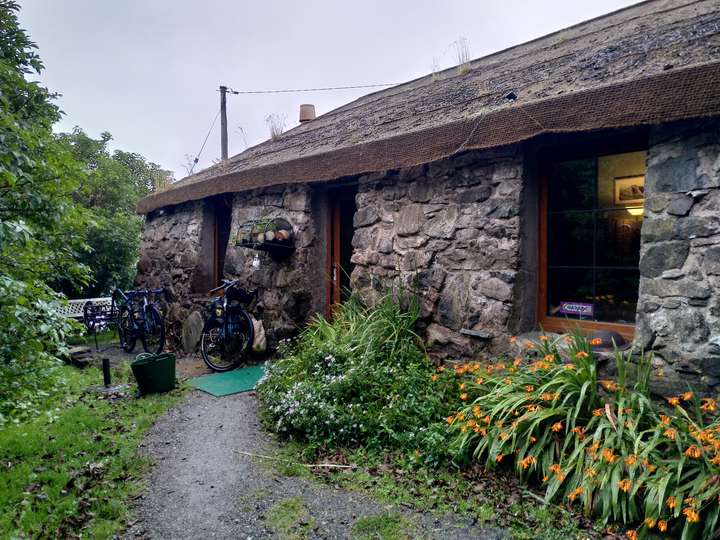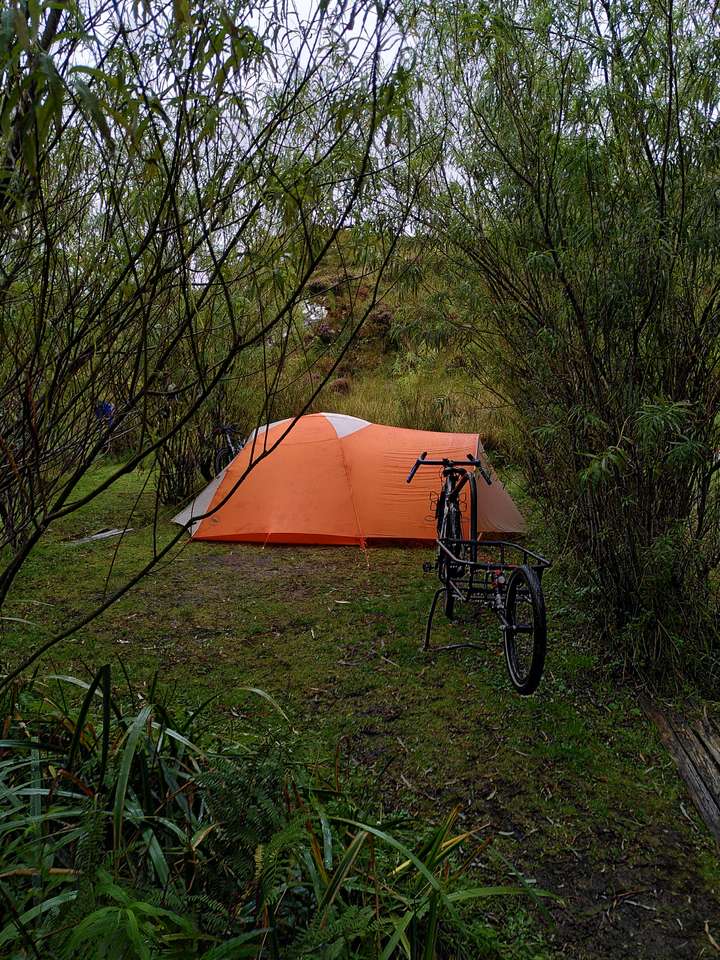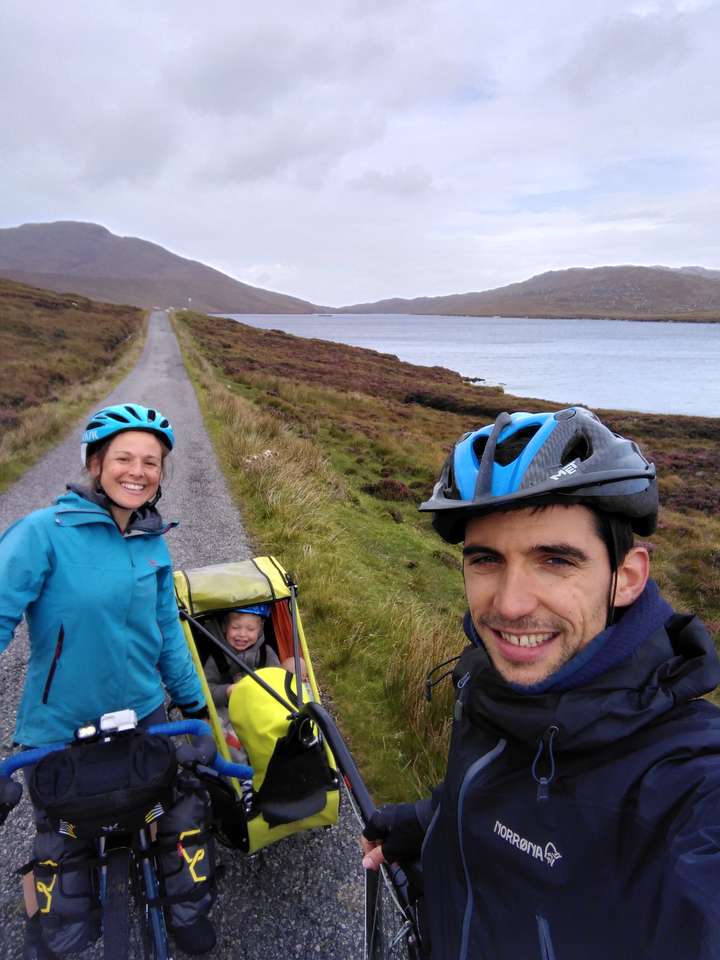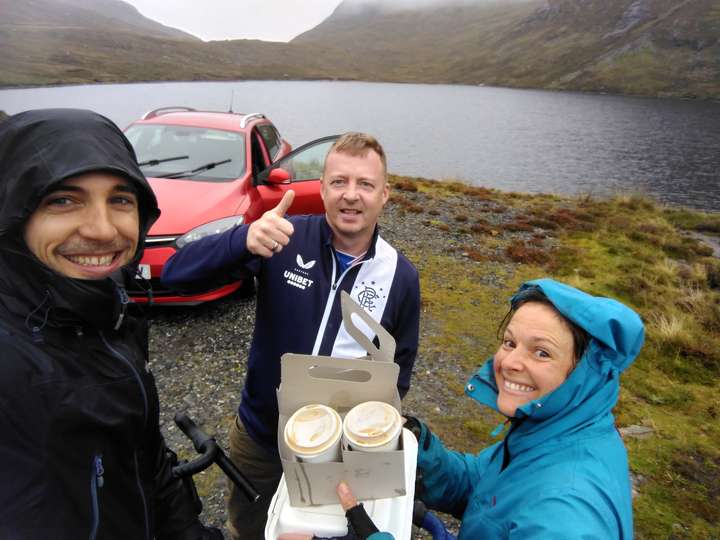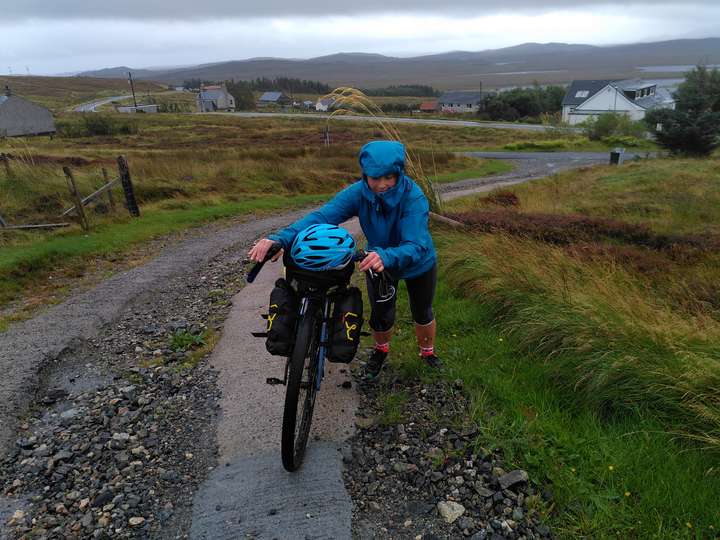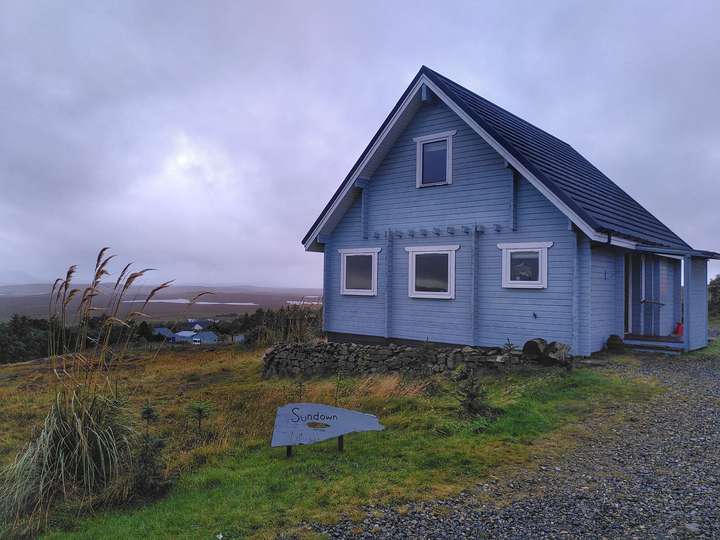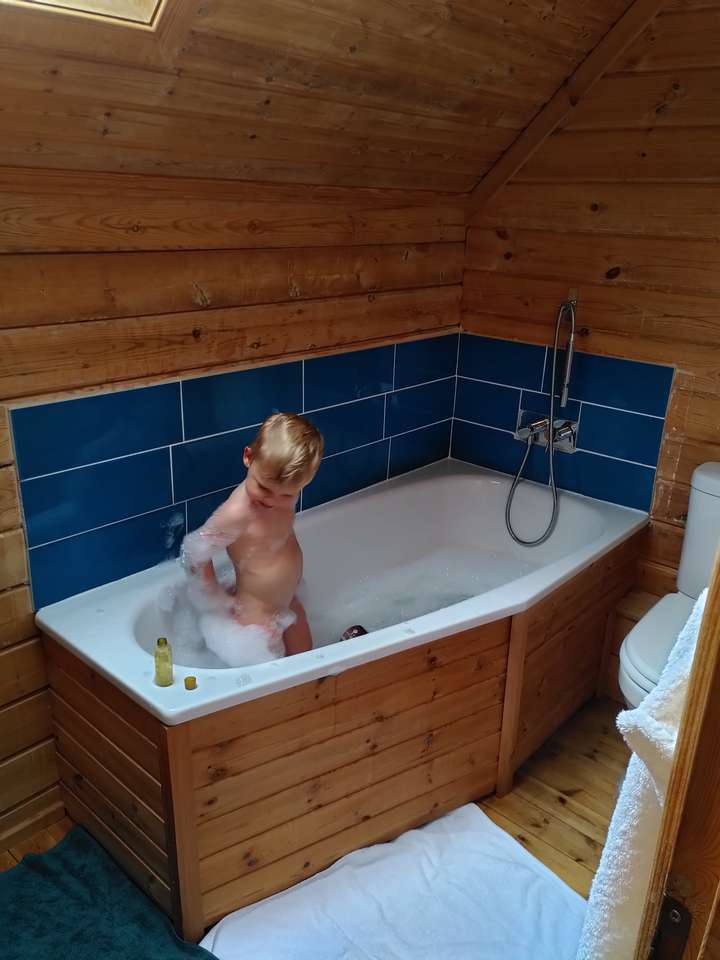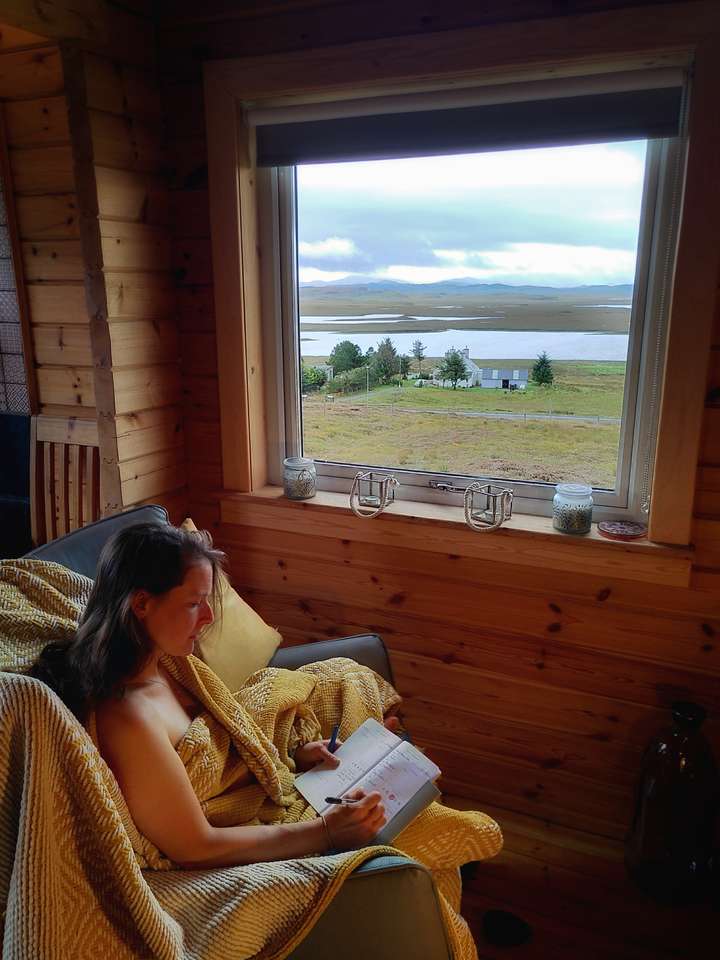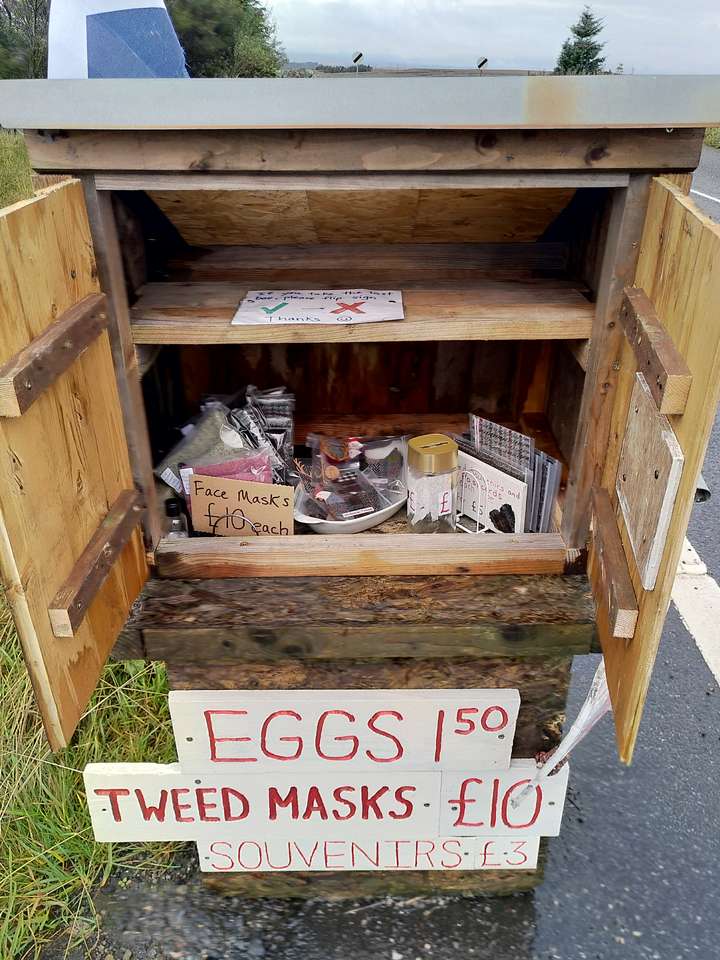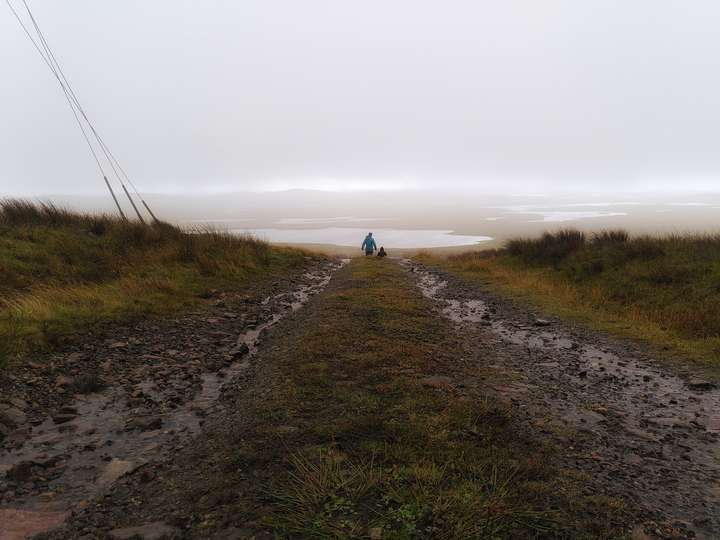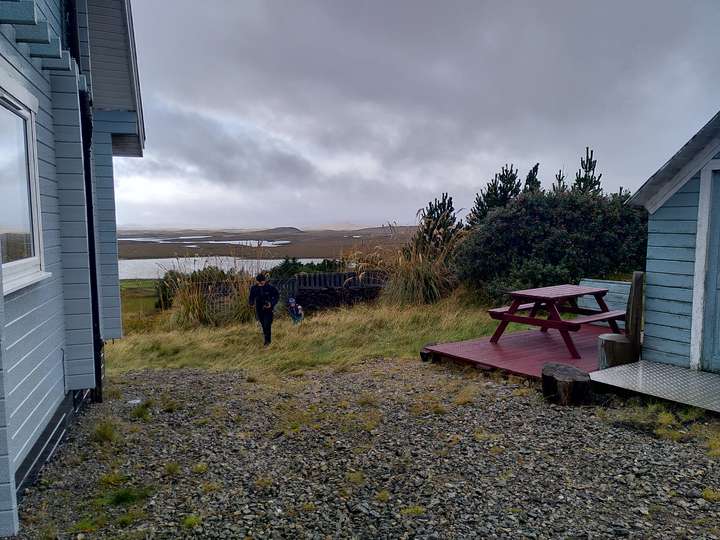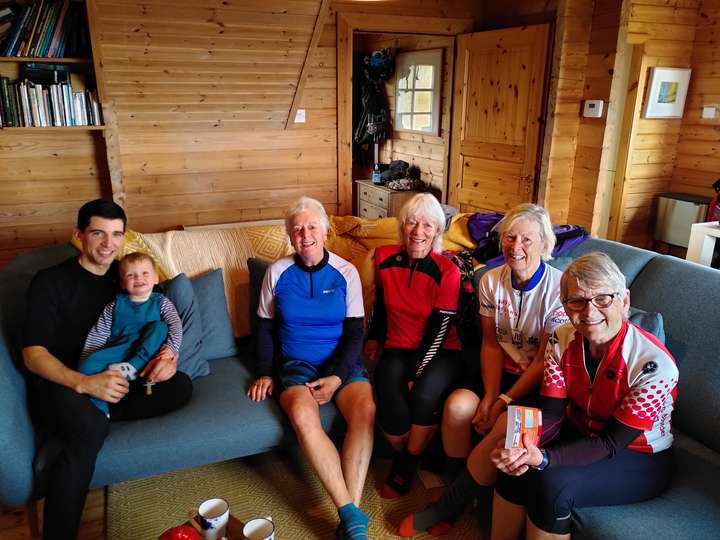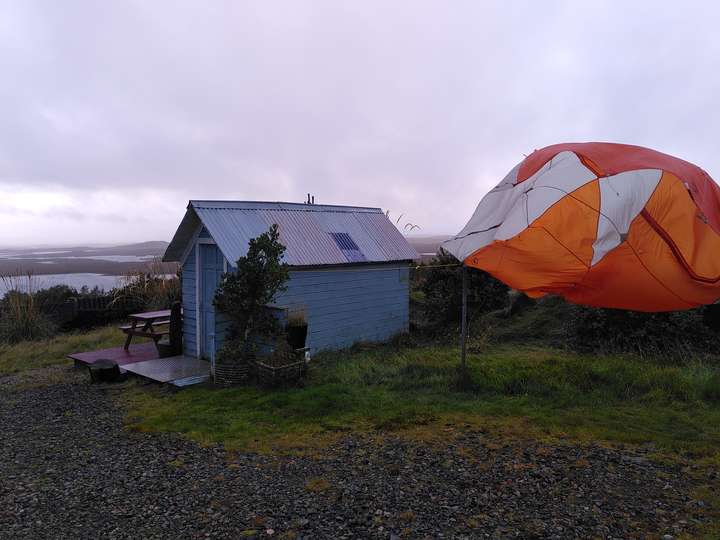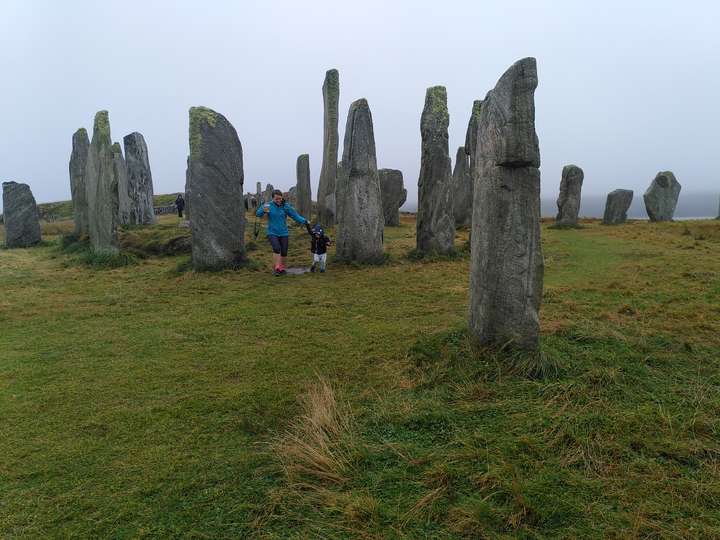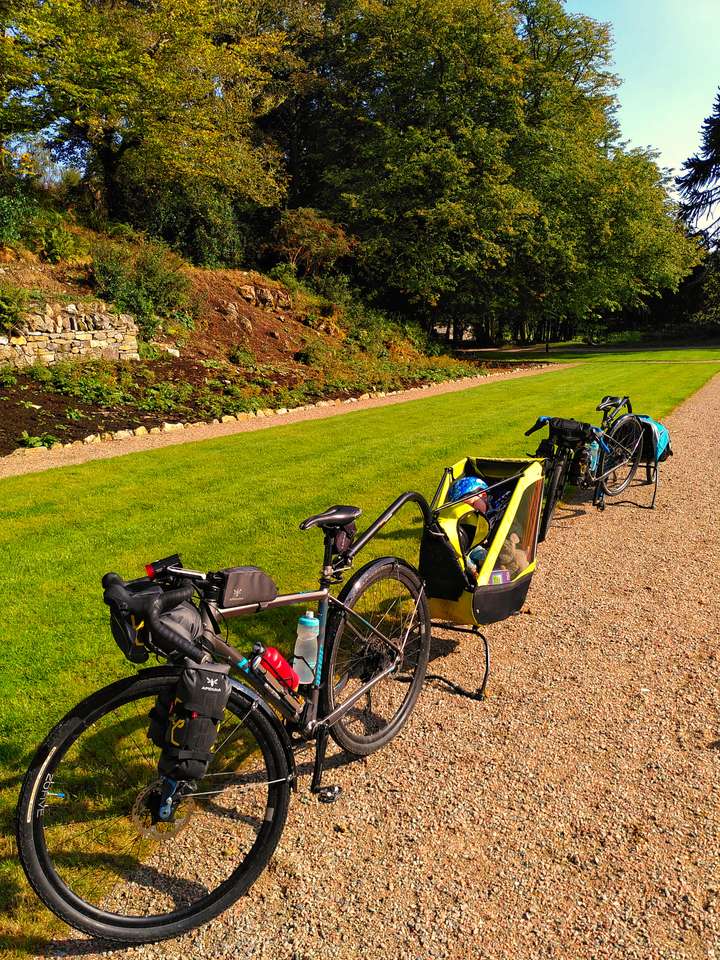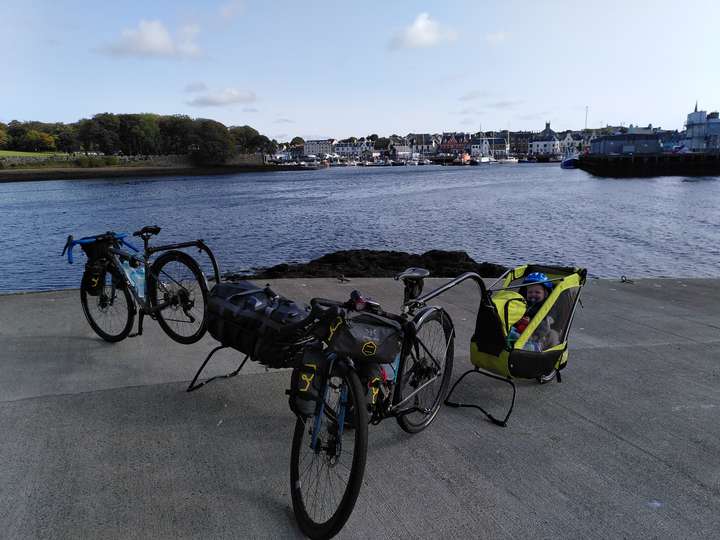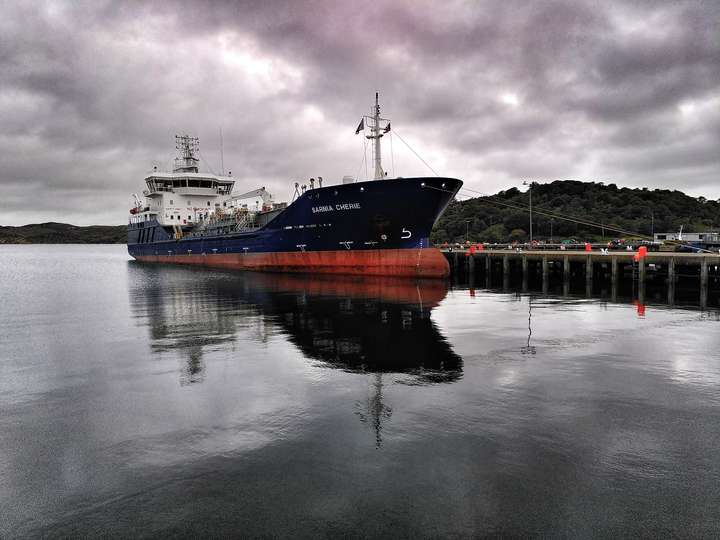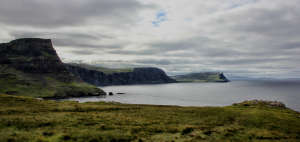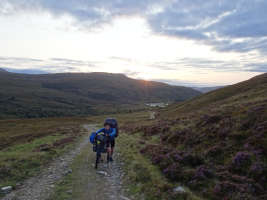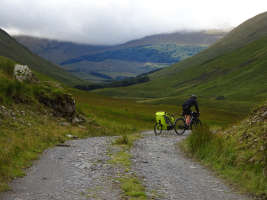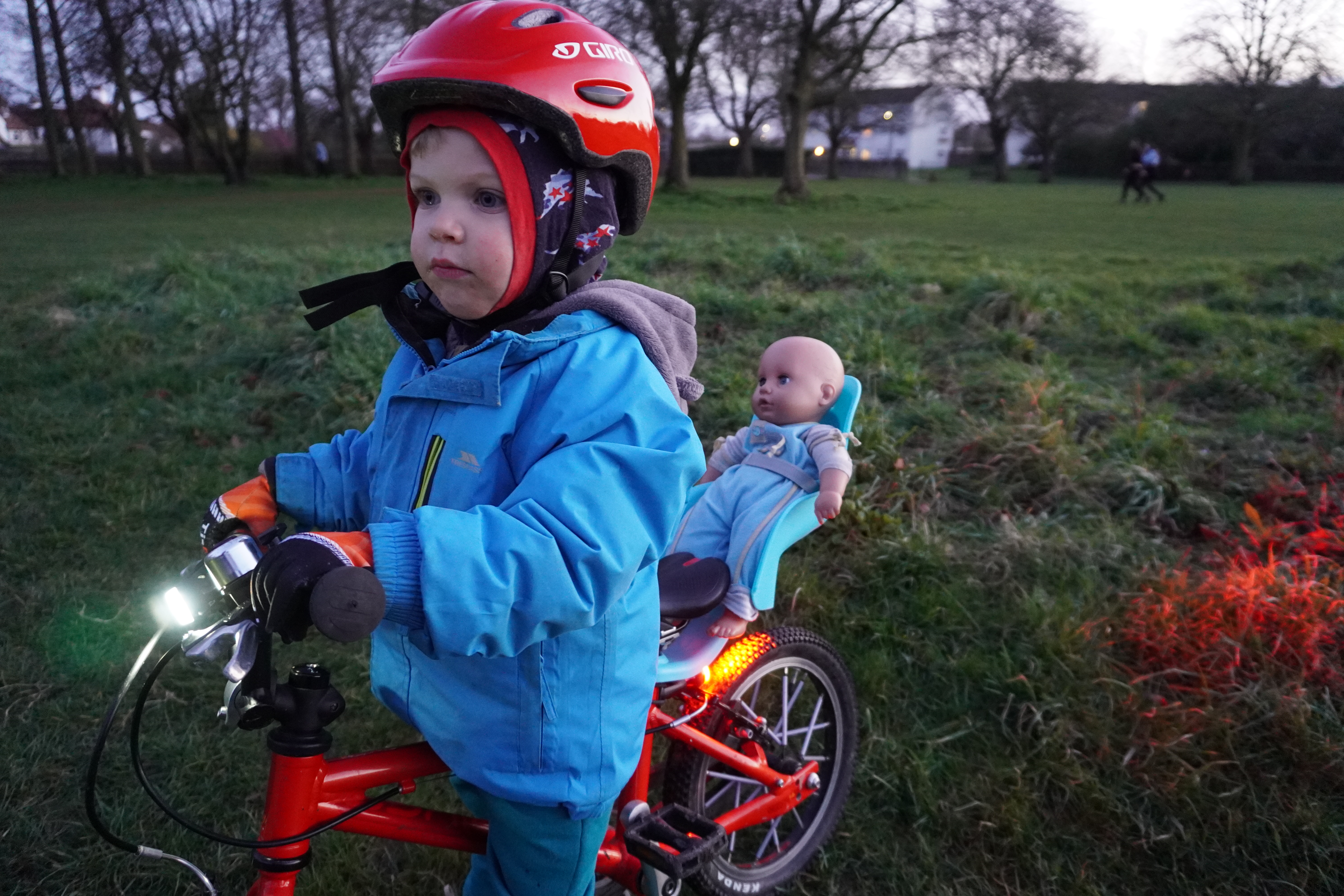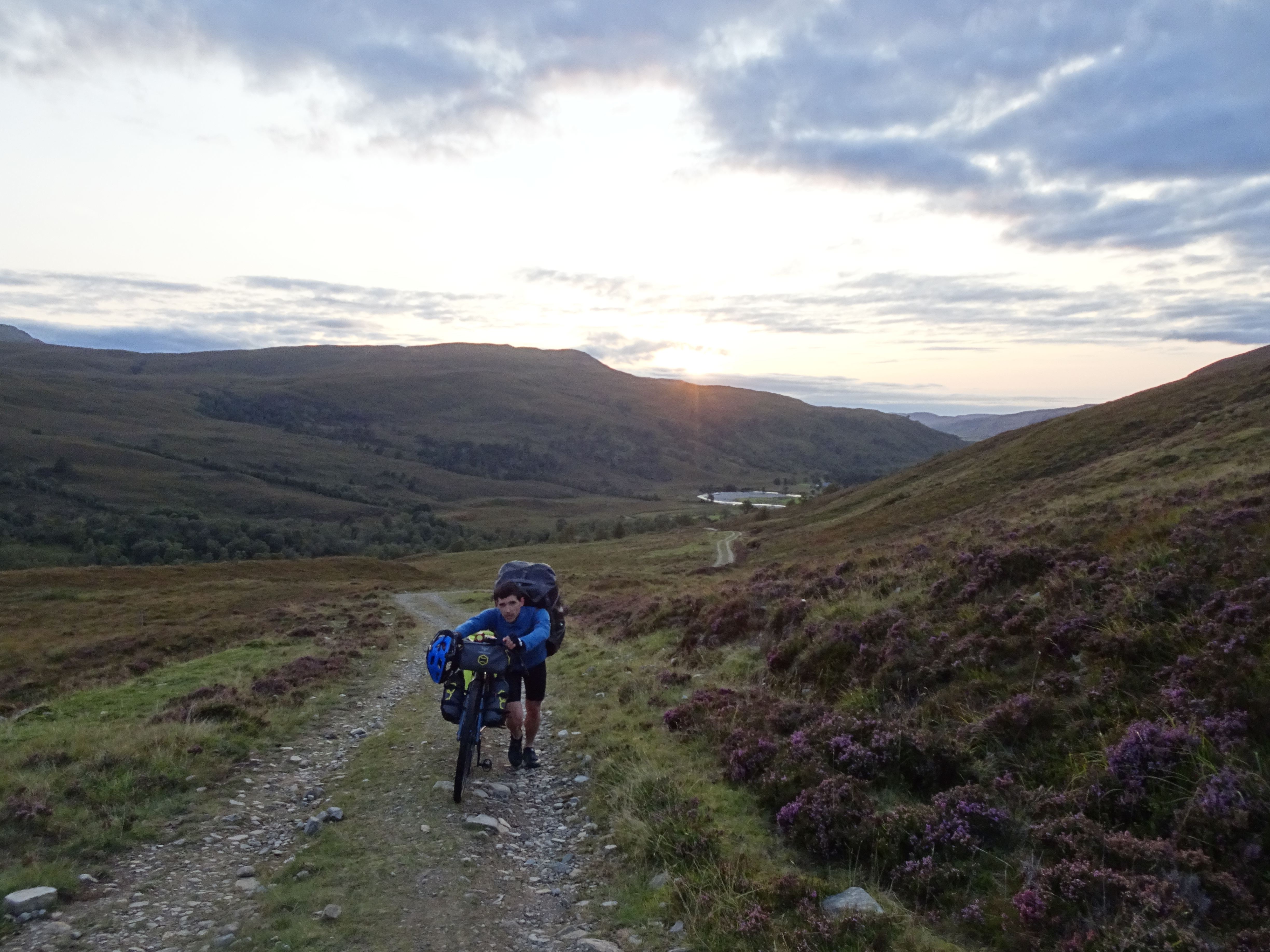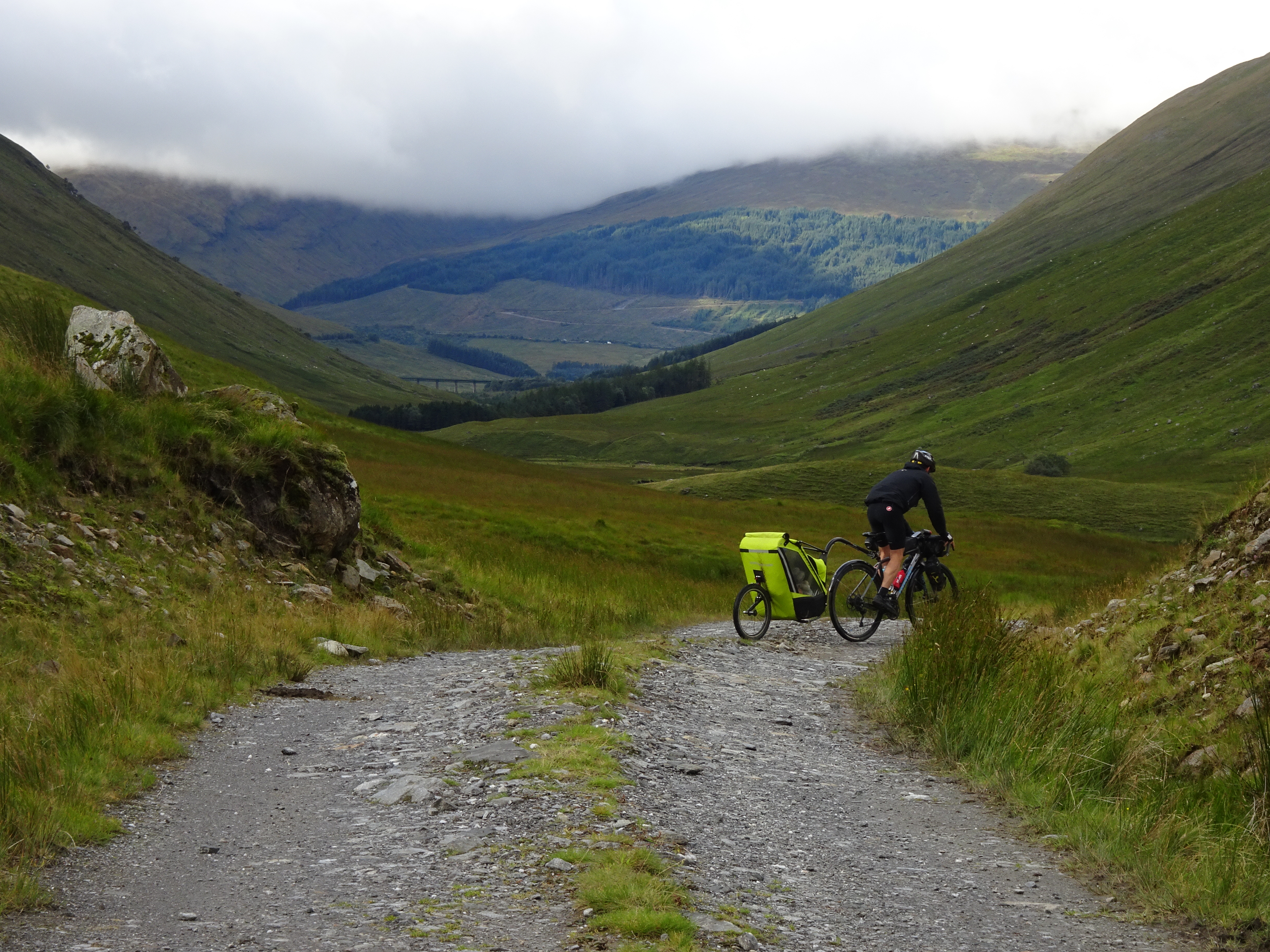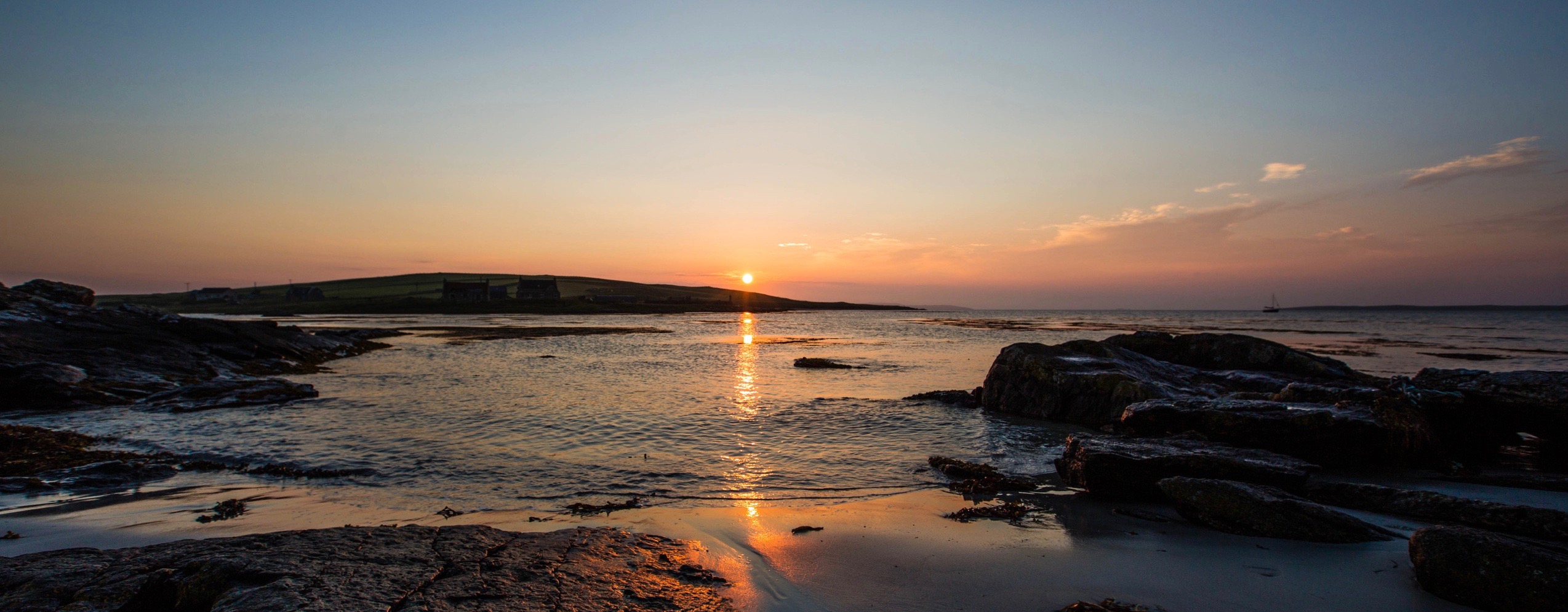
Scotland part 2: The Outer Hebrides
Riding along the sea on the edge of the world
High level description hebrides
Barra and amazing beaches
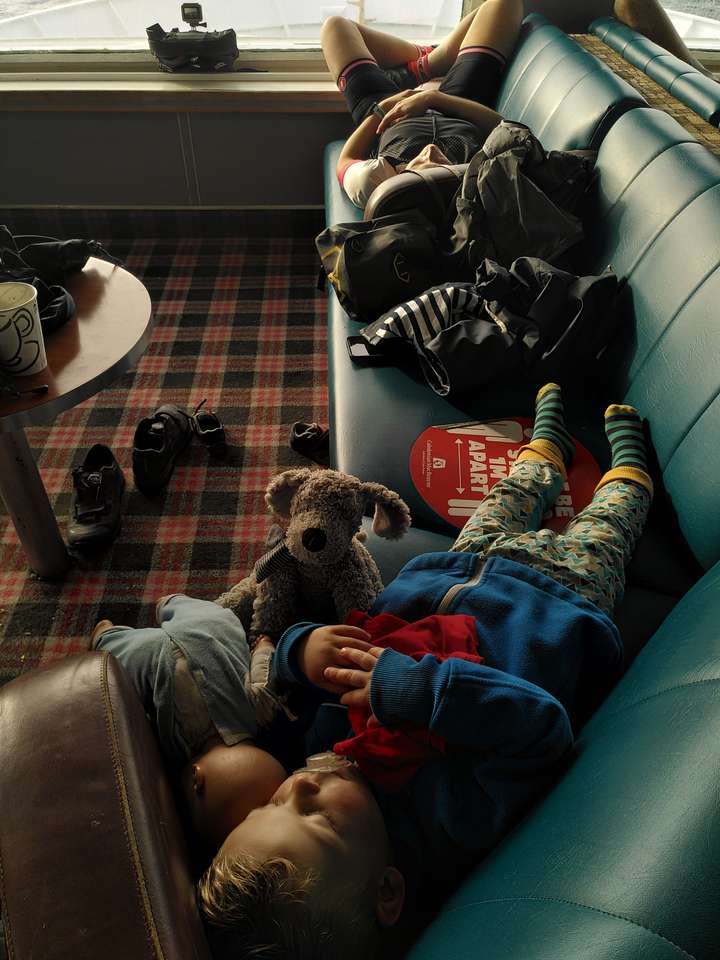
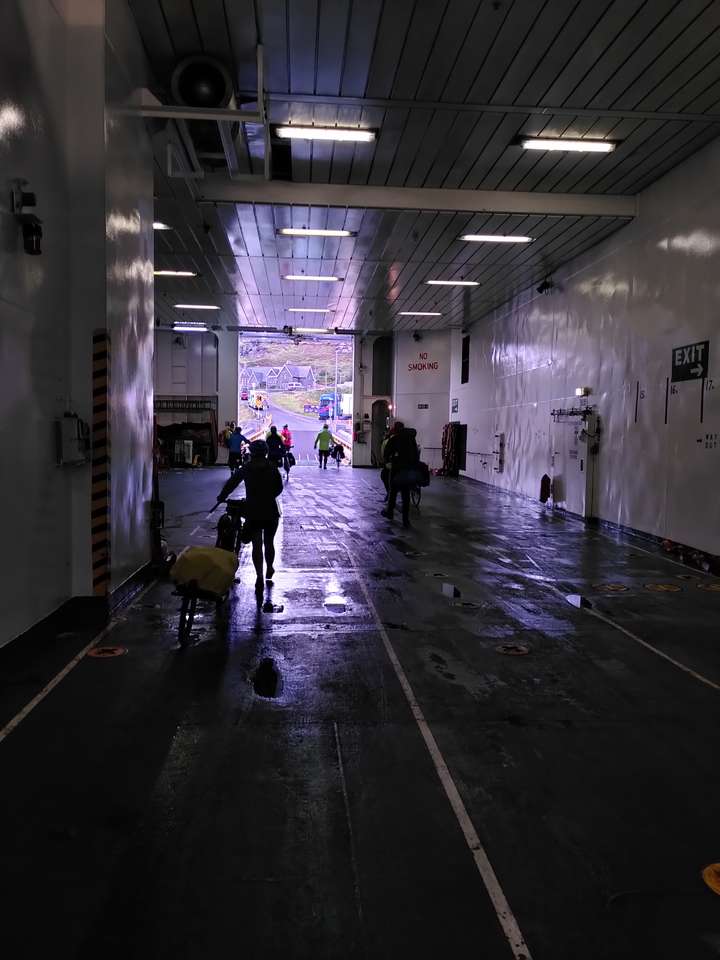
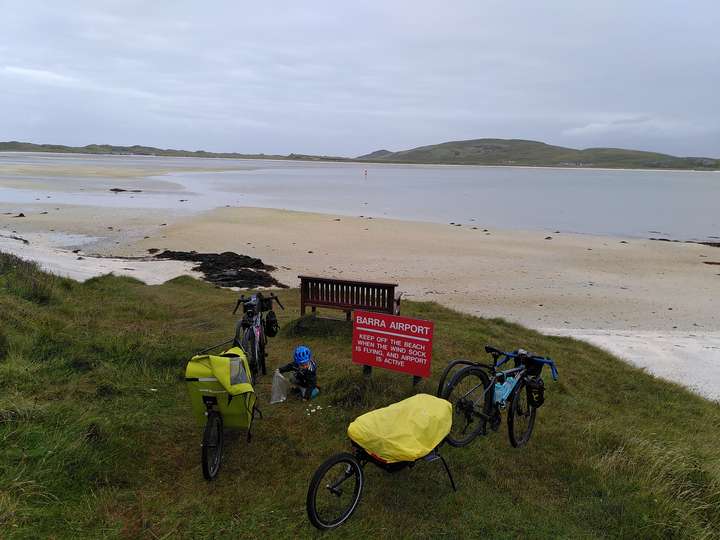
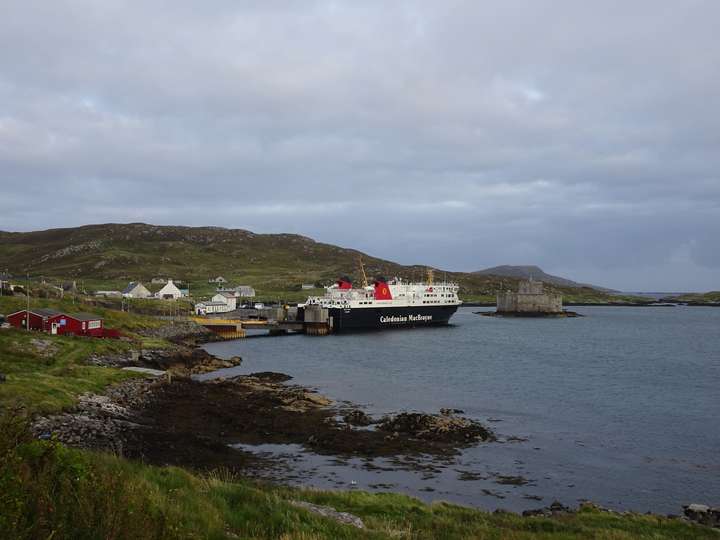
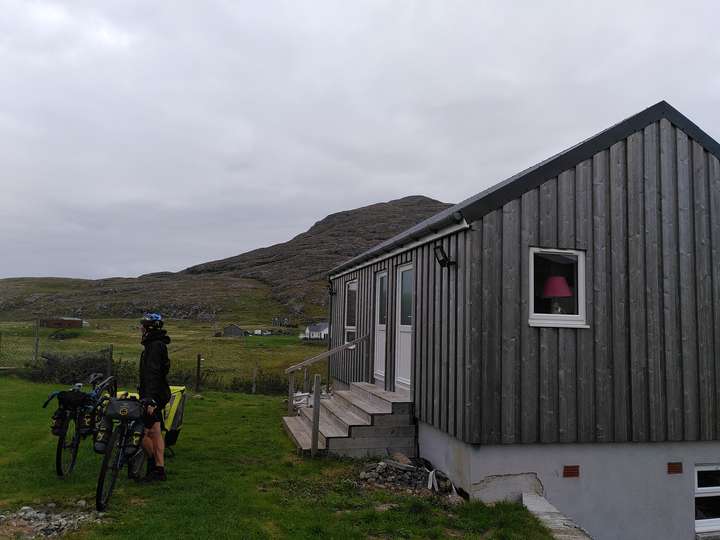
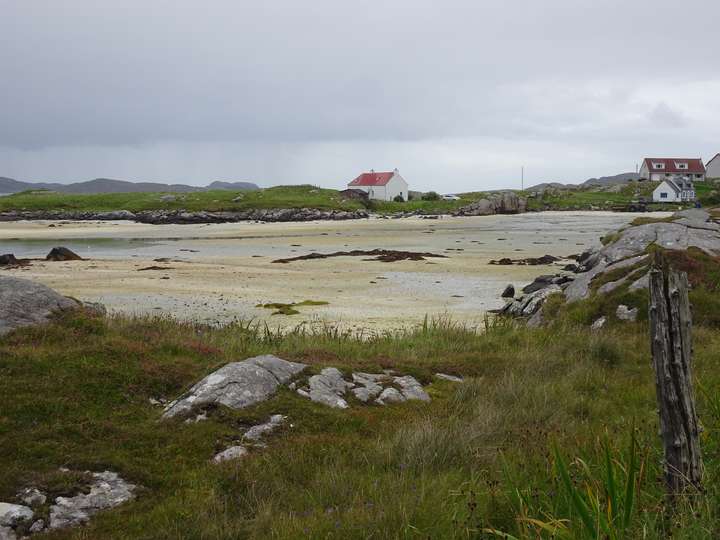
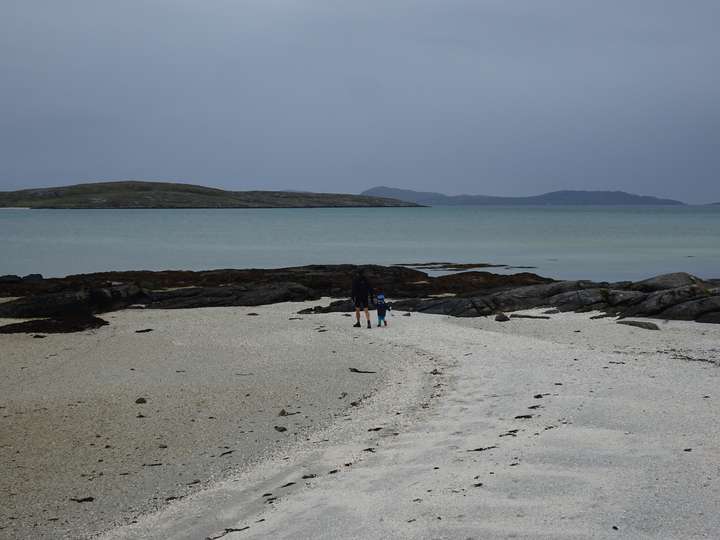
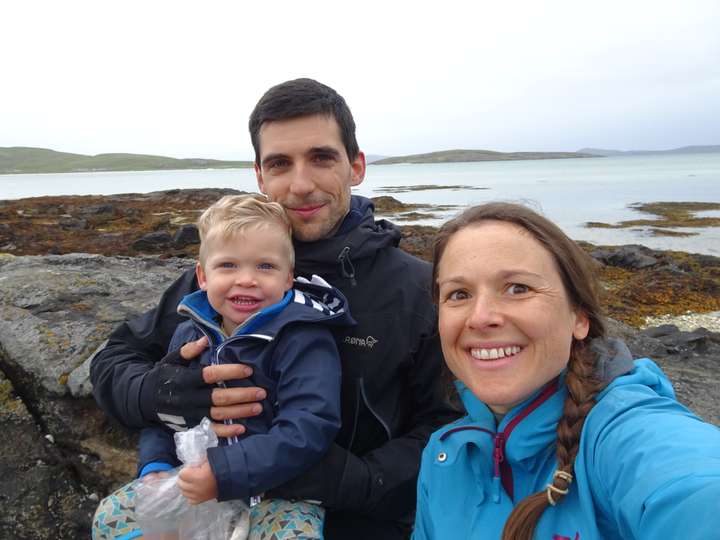
After 4 hours in the ferry, we arrived at the Isle of Barra and we disembarked at the same time than 'a group of grannies' that actually passed us in the first hill! We only had few kilometres to cycle before reaching our cosy hut for the night, but it was enough to feel struck by the beauty of the scenery. The following day we spent a bit of time on the sandy beach and saw the unusual airport before embarking on another ferry towards South Uist (Benbecula).
The Uists under the wind
We will remember North Uist thanks to the wind. The first day was easy as we had back wind, and so we decided to cycle a bit longer than planed and even ended up in a B&B where we met a truly lovely Lady Mary (https://borve.scot/). However, the second day was clearly heavy ahead wind. It is definitely what I dislike the most, like the impression to fight against the invincible. Someone we met during this trip told us that as he got older he has managed to tame the wind and he is not fighting against any more but rather accepts it and it is helping. Well, I think I need to get older. The less than 40 km felt like 120 km. We were glad to reach our camping when we then realised that we chose one very exposed to the wind... The night was disturbed and Adrien made sure many times that the tent could not fly off. Despite all of this, Oscar did sleep really well, probably sooth by the noise of the wind. But again all of this was worth living given the enormous reward we had with the landscapes.
Rainy ride through the amazing landscapes of Harris to Lewis
Treat and rest at Sundown cottage
Lewis pool-mottled peat bogs and Stornoway
However, the Hebrides did not impress us with lovely well maintained houses.
These beautiful remote isles are world famous for their spectacular beaches. Some are vast and stretch on for miles, like West Beach on Berneray and Tràigh Eais on Barra, and here you can take cover below high dunes and enjoy watching dramatic waves on stormy days. Others are more sheltered bays, like the Prince’s Strand on Eriskay and the east beach on Vatersay, where you can enjoy picnics or wild swimming in the clear, luminescent water.
On North Uist the landscape of wild peat moors and cultivated crofts is a maze of innumerable trout-filled lochs and inlets – more than half the ‘land’ here is water. Further down the chain, South Uist is a rugged and mountainous island where long sea lochs indent the east coast. In the summer months there is an explosion of colourful wildflowers on the machair plains of these islands. Carpets of harebells, clovers and orchids bloom, and long coastal grasses grow despite often hostile weather conditions. If fauna rather than flora is what you seek, you will find an impressive variety of native and visiting birds both on- and offshore and at the RSPB Balranald nature reserve.
A 40-minute ferry journey south from Eriskay (the real Whisky Galore island) brings you to beautiful Barra, a popular island with a strong Hebridean character, where more than half of the population still speak Gaelic. Joined to its southern end by a causeway is the peaceful and remote isle of Vatersay, which is so deeply indented by the sea on both sides that only a narrow strip of land prevents it separating into two. Both islands, like the Uists, offer plenty of opportunities for wild camping or longer breaks in charming, traditional self-catering cottages. The ‘long chain’ is also a popular route with cyclists, who can stop overnight at many of the great hostels and campsites along the way.
The best time to visit is in May or June; this is before the midges arrive, when the machair is in bloom and you’re most likely to have sunshine as you take in the glowing expanses of white sand and bright azure sea at some of the most wonderful beaches in Britain.
A journey to the northernmost islands in the Outer Hebrides – Lewis and Harris and St Kilda – is a memorable experience at any time of year. These isolated, windswept and mostly treeless islands hold some of the most outstanding landscapes in the world.
Begin your Hebridean adventure by sailing to the principle island, Lewis and Harris. Commonly taken for two islands, it is in fact just one, but of two distinct characters. The northern part, Lewis, is largely a low-lying land of pool-mottled peat bogs, although it also contains Stornoway, the most populous town in the Hebrides and the centre of Gaelic culture and speech. The island is home to a lively working population with strong traditional and religious values. Many of the islanders belong to one of the five Presbyterian churches and you’ll still find that almost all shops are closed on Sundays.
As you travel south into Harris there’s a dramatic shift in the terrain. The landscapes suddenly become wild and rugged, the expanses of flat moorlands broken up by dark mountains and surrounded by spectacular beaches. A great place to experience all of these is at Losgaintir, where miles of pristine white sand and glassy azure-green water contrast with more distant views of the forbidding North Harris mountains.
Both areas are full of ancient treasures: step inside the magically reconstructed Iron Age house at Bosta or spend the night in one of the traditional blackhouses at Gearrannan. You can swim here before watching the sun set over the bay where women and children would have waited anxiously for their men to return from sea on small fishing boats.
If you visit between April and September and the weather is on your side, you might also make the long, rough boat journey to the islands on ‘the edge of the world’, the exceptionally isolated archipelago of St Kilda. These islands, lying over 100 miles west of the mainland, form one of a very few World Heritage Sites to hold status for both natural and cultural merits. They have a truly fascinating history and boast breathtakingly dramatic scenery, with a series of staggering, dark sea stacks scattered in the sea around towering cliffs. These host puffins, petrels and gannets, while rare-breed sheep descended from ancient flocks survive on the islands. You might have to make a few attempts to get there, but visiting these islands is a truly powerful experience and one you will never forget.

